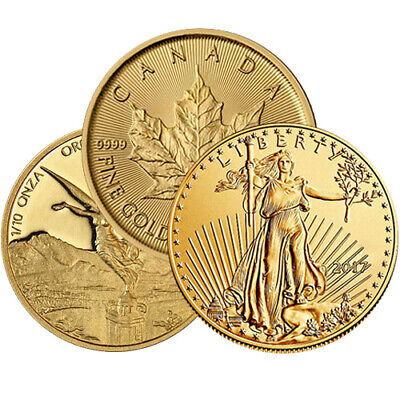Investing in precious metals can be lucrative, offering a hedge against inflation and currency devaluation. Two popular investment options in this arena are collectible coins and bullion. While both can enhance your portfolio, they serve different purposes and offer distinct advantages. This article delves into the differences between collectible coins and bullion, focusing on their intrinsic and numismatic value to guide investors in making informed decisions.

Intrinsic Value vs. Numismatic Value
It’s crucial to distinguish between intrinsic value and numismatic value to understand the investment value of collectible coins and bullion.
Intrinsic Value
Intrinsic value, often called melt value, is the market value of the metal contained in the coin or bullion. This value fluctuates based on the metal’s current market price, such as gold, silver, platinum, or palladium. Bullion coins and bars are primarily valued for their intrinsic value, as they are typically minted with a high content of specific metal and are traded close to the metal’s spot price.
For example, if a gold bullion coin contains one troy ounce of gold, its intrinsic value is directly linked to the current price per ounce. Investors looking to capitalize on the rising prices of precious metals often prefer bullion for its simplicity and liquidity.
Numismatic Value
Numismatic value encompasses a coin’s collectible aspects, including its rarity, age, historical significance, and condition. This value is subjective and can vary greatly among collectors. Due to their numismatic attributes, collectible coins often trade at a premium over their intrinsic value.
For example, a rare coin from an ancient civilization or a limited-edition minting can carry significant numismatic value, attracting collectors willing to pay more than the metal’s intrinsic worth. Numismatic value can add a layer of diversification to an investment portfolio, but it also requires a deeper understanding of the coin market and trends.
Collectible Coins: A Closer Look
Collectible or numismatic coins are valued for more than just their metal content. They appeal to investors and collectors due to their historical and aesthetic qualities.
- Rarity: Rare coins are often sought after and can command high prices. The fewer coins available, the higher the potential value, assuming demand remains strong.
- Historical Significance: Coins with a rich history or those from significant historical events can have substantial numismatic value.
- Condition: The grade or condition of a coin dramatically influences its value. Coins in mint or near-mint condition typically fetch higher prices.
- Popularity: Coins from well-known series or with popular designs can be more desirable, increasing their market value.
Investors must conduct thorough research and possibly consult experts when investing in collectible coins to ensure a sound investment.
Bullion: A Simpler Investment
Bullion refers to coins, bars, or ingots of precious metals like gold, silver, platinum, and palladium. These are valued primarily based on their metal content and weight, making them a straightforward investment option.
- Liquidity: Bullion is highly liquid and easily bought and sold globally. This makes it an attractive option for investors seeking quick transactions.
- Price Transparency: The value of bullion is closely tied to the spot price of the metal, providing clear and transparent pricing.
- Lower Premiums: Unlike collectible coins, bullion typically carries lower premiums above the spot price, making it more cost-effective for investors focused on metal value.
Investors in bullion often seek to protect their wealth against economic instability, with a focus on the metal’s potential appreciation.
Which Investment is Right for You?
Deciding between collectible coins and bullion depends on individual investment goals, risk tolerance, and market knowledge.
| Factor | Collectible Coins | Bullion |
|---|---|---|
| Investment Goal | Long-term appreciation, diversification through rarity and history | Short to medium-term gains tied to metal prices |
| Risk | Higher due to market volatility and subjectivity in numismatic value | Lower, primarily driven by metal market trends |
| Liquidity | Variable, depends on demand for specific coins | High, easily traded on global markets |
Investors may combine collectible coins and bullion to balance potential risks and rewards. Understanding the value and market dynamics differences is crucial for making informed investment decisions.
Conclusion
Collectible coins and bullion offer distinct paths in precious metal investments. While bullion provides a more straightforward and liquid investment tied to the intrinsic value of metals, collectible coins offer the allure of historical and rarity-driven appreciation. By assessing individual financial goals and understanding the nuances of each option, investors can strategically incorporate these assets into their investment strategies.
For further reading, consult resources like Investopedia and The Balance for more in-depth insights into investing in precious metals.